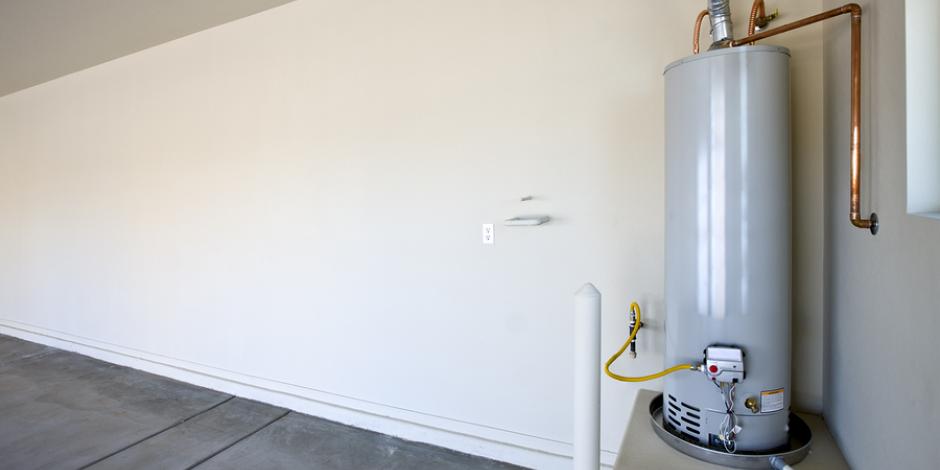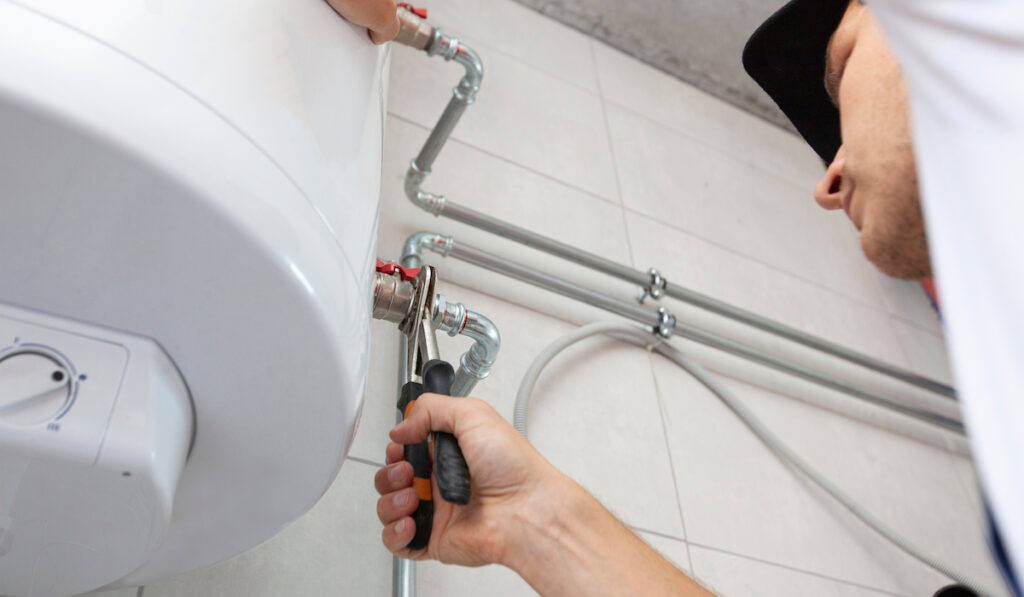Best Practices for Maintaining Your Home's Hot Water System
Best Practices for Maintaining Your Home's Hot Water System
Blog Article
Just how do you feel about Water Heater Maintenance Tips You Can't Afford to Forget?

Warm water is crucial for daily comfort, whether it's for a revitalizing shower or washing recipes. To guarantee your hot water system runs efficiently and lasts much longer, regular maintenance is key. This article provides practical pointers and understandings on just how to preserve your home's hot water system to avoid disturbances and costly fixings.
Introduction
Maintaining your home's warm water system could seem challenging, yet with a few basic actions, you can ensure it operates smoothly for many years ahead. This guide covers every little thing from recognizing your warm water system to do it yourself maintenance ideas and recognizing when to contact specialist help.
Significance of Keeping Your Hot Water System
Routine upkeep not just expands the life expectancy of your warm water system but additionally guarantees it runs efficiently. Disregarding upkeep can cause reduced efficiency, greater power bills, and also premature failing of the system.
Indicators Your Warm Water System Demands Maintenance
Understanding when your warm water system needs interest can avoid significant concerns. Look out for signs such as irregular water temperature level, unusual noises from the heating unit, or rusty water.
Purging the Hot Water Heater
Flushing your hot water heater eliminates debris buildup, enhancing efficiency and extending its life.
Monitoring and Changing Anode Rods
Anode rods stop rust inside the container. Evaluating and replacing them when worn out is important.
Complicated Problems Requiring Professional Help
Instances include significant leakages, electric problems, or if your water heater is regularly underperforming.
Routine Expert Upkeep Perks
Expert maintenance can include extensive assessments, tune-ups, and making sure conformity with safety and security criteria.
Evaluating and Readjusting Temperature Level Setups
Changing the temperature level settings makes sure optimum performance and safety and security.
DIY Tips for Maintenance
You can execute a number of maintenance jobs on your own to keep your warm water system in top problem.
Looking for Leaks
On a regular basis inspect pipelines and connections for leakages, as these can result in water damages and greater expenses.
Comprehending Your Warm Water System
Prior to diving into upkeep tasks, it's useful to understand the fundamental elements of your warm water system. Usually, this includes the water heater itself, pipes, anode rods, and temperature level controls.
Month-to-month Upkeep Tasks
Routine month-to-month checks can aid catch minor issues prior to they escalate.
Testing Pressure Relief Valves
Checking the stress relief valve guarantees it works correctly and stops excessive pressure accumulation.
Insulating Pipes
Protecting warm water pipes decreases warmth loss and can conserve power.
When to Call an Expert
While do it yourself maintenance is beneficial, some issues require professional proficiency.
Conclusion
Regular maintenance of your home's warm water system is necessary for performance, durability, and price savings. By complying with these tips and recognizing when to look for expert aid, you can guarantee a trusted supply of warm water without unforeseen interruptions.
How to Maintain an Instant Hot Water Heater
Before tinkering with your hot water heater, make sure that it’s not powered on. You also have to turn off the main circuit breaker and shut off the main gas line to prevent accidents. Also turn off the water valves connected to your unit to prevent water from flowing into and out of the appliance. 2. When you’re done, you have to detach the purge valves’ caps. These look like the letter “T†and are situated on either side of the water valves. Doing so will release any pressure that has accumulated inside the valves while at the same time avoid hot water from shooting out and burning your skin. 3. When the purge valves’ caps are removed, you have to connect your hosing lines to the valves. Your unit should have come with three hoses but if it didn’t, you can purchase these things from any hardware or home repair shops. You can also get them from retail stores that sell water heating systems. Read the user’s manual and follow it to complete this task properly. When the hosing lines are connected, open the purge port’s valves. 4. You should never use harsh chemical cleaners or solutions when cleaning your unit. Make use of white vinegar instead. It should be undiluted and you’ll probably use about 2 gallons. 5. Now flush your water heater. This task should probably take about 40 minutes. We can’t give you specific directions for this because the procedure is carried out depending on the type, model and brand of your heater. With that being said, refer to the user’s manual. 6. When you’re done draining the unit, you have to turn off the purge port valves again. Remove the hosing lines that you earlier installed on each of the water valves. Put the valve caps (purge port) back in their respective places and be very careful so as not to damage the rubber discs that are found inside these caps. 7. Now that everything’s back in place, check your user’s manual again to find out how to reactivate your water heating system. 8. Once it is working, turn one of your hot water faucets on just to let air pass through the heater’s water supply pipes. Leave the tap on until water flows smoothly out of it. https://www.orrplumbing.com/blog/2014/september/how-to-maintain-an-instant-hot-water-heater/

As a fervent person who reads on What Kind of Maintenance Do Water Heaters Need?, I thought sharing that short article was beneficial. Do you know another individual who is interested in the subject? Do not hesitate to share it. We thank you for reading our article about Tips on Maintaining a Water Heater.
More Details Report this page